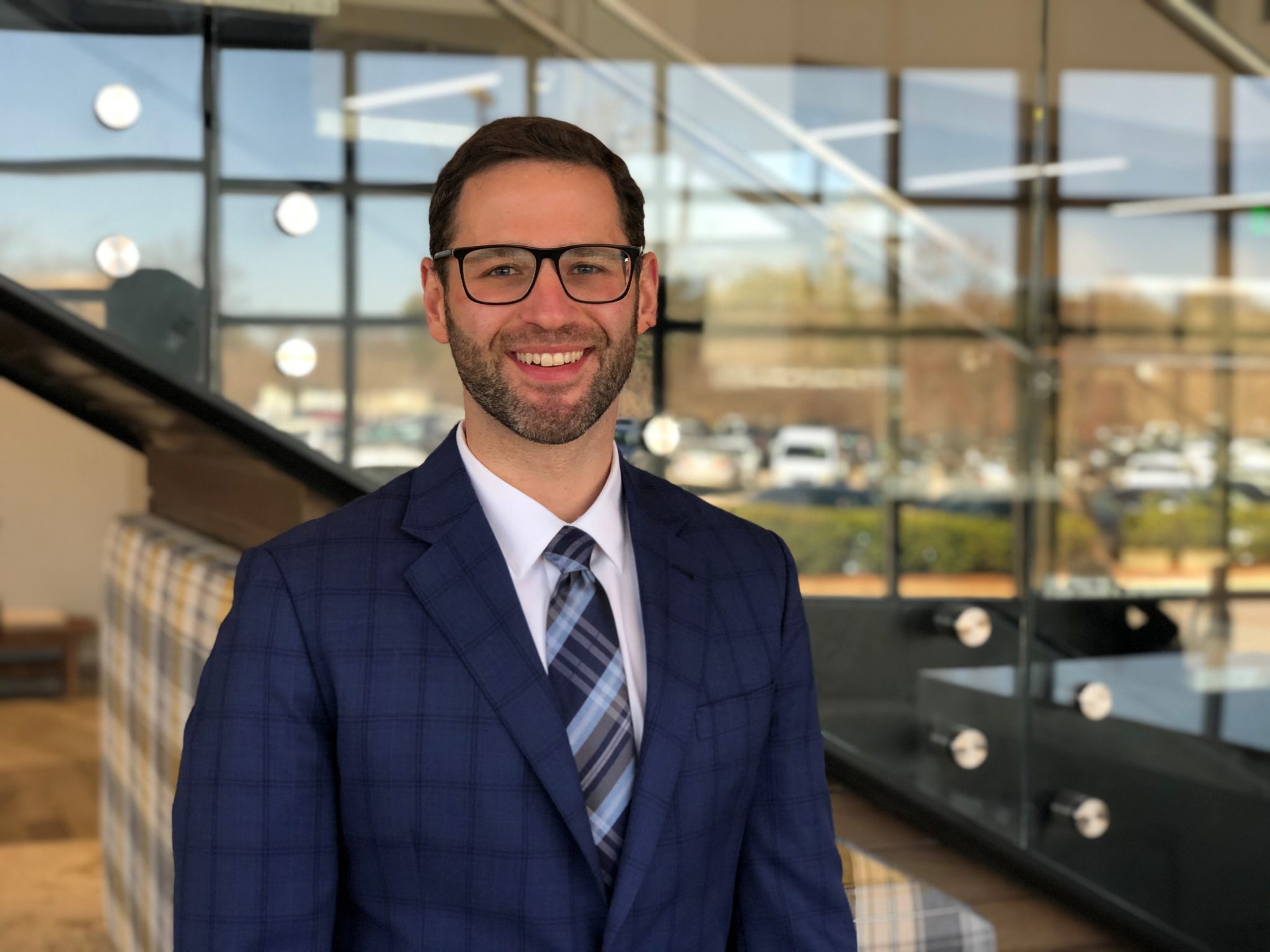16 Mar Hand and Wrist Treatment

Jeffrey Kutsikovich, M.D. is a board-certified and fellowship-trained orthopaedic surgeon specializing in disorders of the hand, wrist, elbow and shoulder. He is an active member of the American Society for Surgery of the Hand and a fellow of the American Academy of Orthopaedic Surgeons. Additionally, he currently serves as the team physician for Independence High School. We recently sat down with Dr. Kutsikovich to discuss technological advances in hand and wrist surgery, as well as hand therapy services.






